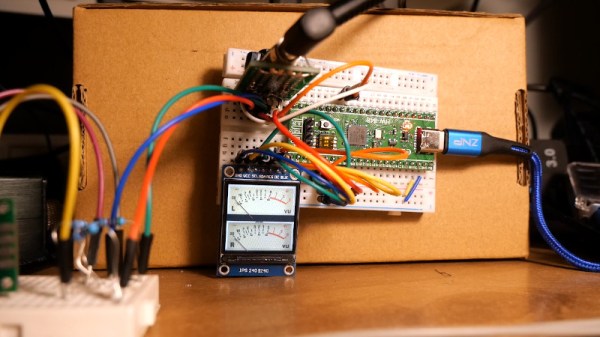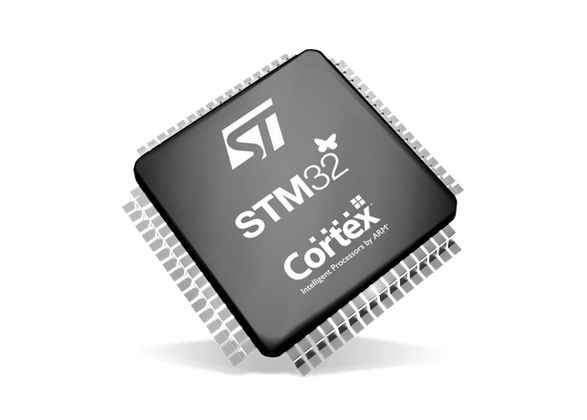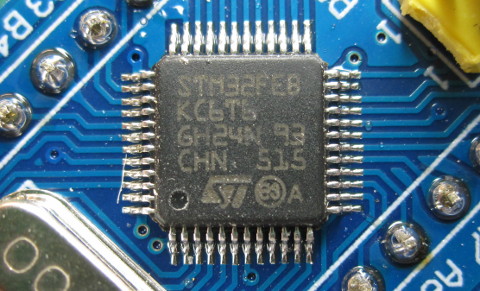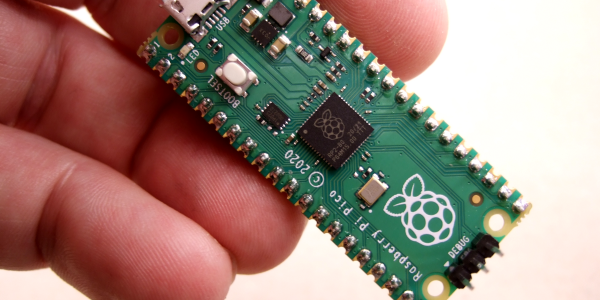Soundcards used to be giant long 8-bit ISA things that would take up a huge amount of real estate inside a desktop computer. These days, for most of us, they’re baked into the motherboard and we barely give them a second thought. [Samsonov Dima] decided to whip up a cheap little sound card of their own, however, built around the STM32.
The soundcard is based specifically on the STM32F401. readily available on the “Green Pill” devboards. A digital-to-analog converter is implemented on the board based on two PWM timers providing high-quality output. There’s also a simulated software sigma delta ADC implemented between the audio streaming in via USB and the actual PWM output, with some fancy tricks used to improve the sound output. [Samsonov] even found time to add a display with twin VU meters that shows the audio pumping through the left and right channels.
Without test gear on hand, we can’t readily quantify the performance of the sound card. However, as per the Youtube videos posted, it appears more than capable of recreating music with good fidelity and plenty of fine detail.
If you need a cheap, simple USB sound card that you can hack away on, this might be the one for you. If you need something more suitable for a vintage PC, however, consider this instead. Video after the break.
Continue reading “The STM32 Makes For A Cheap DIY USB Soundcard”
















